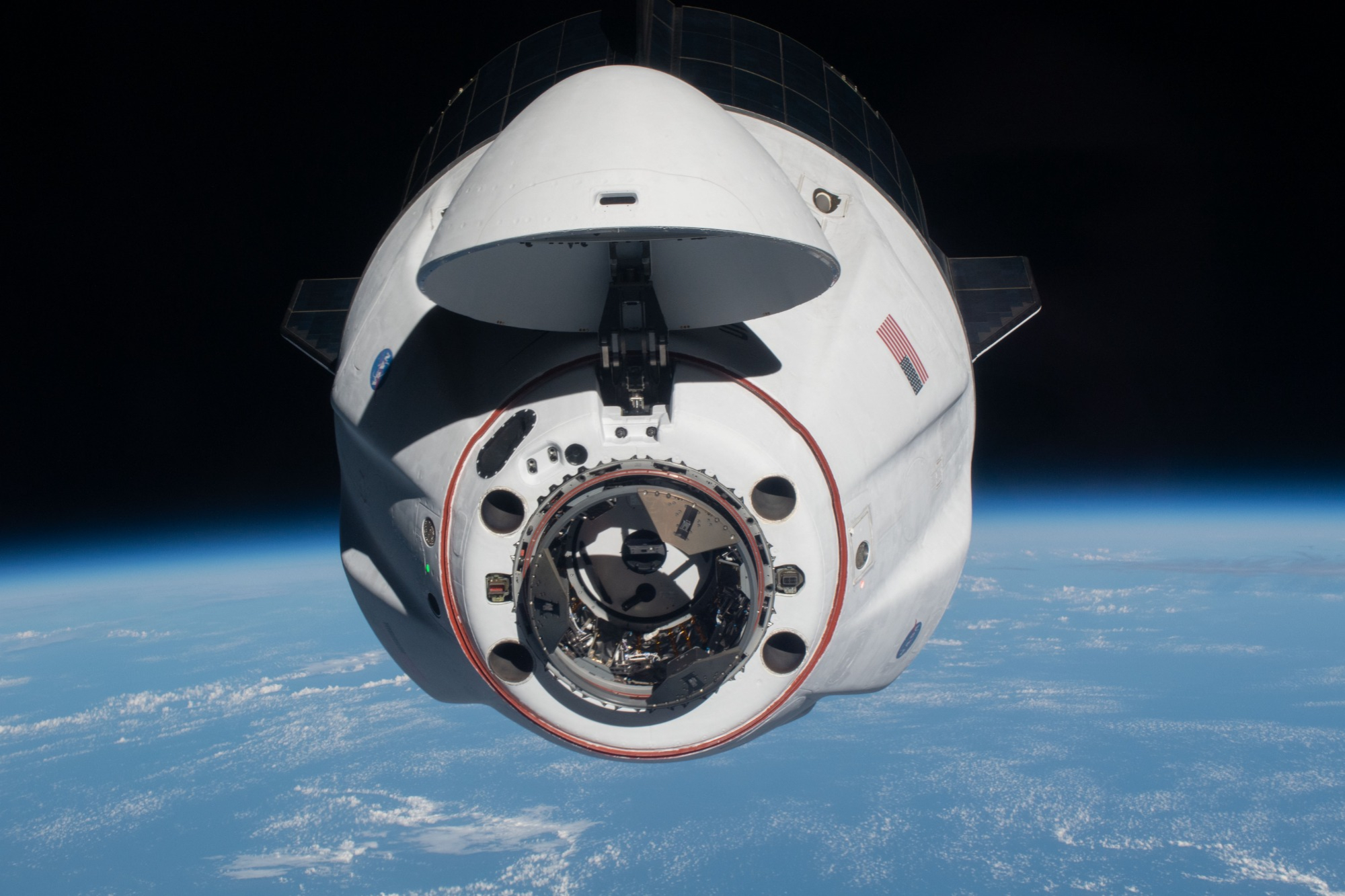

The Hubble Space Telescope has sent back dazzling images and critical data back to Earth for 32 years, but nothing lasts forever, even space telescopes. In an effort to give the telescope a longer lifespan, NASA and SpaceX signed an unfunded Space Act Agreement. They will be studying the feasibility of a SpaceX and Polaris Program idea to use SpaceX’s Dragon spacecraft to boost the Hubble into a higher orbit at no cost to the government.
The study is designed to help NASA understand the commercial possibilities of missions like this, but there currently aren’t any plans for NASA to conduct or fund a servicing mission to the telescope or commercially compete in this space, according to NASA.
In partnership with the Polaris Program (a planned human space flight company), SpaceX proposed this study as a way to better understand the technical challenges associated with servicing missions in space. The Polaris Program is funded by billionaire Jason Isaacman, who bought three flights to space on SpaceX’s Dragon spacecraft earlier this year. SpaceX was founded in 2002 by billionaire Elon Musk with the goal of reducing the costs of space exploration and one day colonize Mars. In 2020, Dragon became the first private spacecraft to carry astronauts to the International Space Station.
[Related: Space tourism is on the rise. Can NASA keep up with it?]
This study is non-exclusive, so other space exploration companies may propose similar studies with different rockets or spacecraft as their model. It’s expected to take six months, and will look at technical data from both the Hubble and the SpaceX Dragon spacecraft to determine whether it is possible to safely rendezvous, dock, and move the telescope into a more stable orbit.
“This study is an exciting example of the innovative approaches NASA is exploring through private-public partnerships,” said Thomas Zurbuchen, associate administrator for the Science Mission Directorate at NASA Headquarters, in a press release. “As our fleet grows, we want to explore a wide range of opportunities to support the most robust, superlative science missions possible.”
[Related: This glittery Hubble image shows how far we’ve come in studying distant stars.]
The Hubble and Dragon will be the test models in this study, but portions of the mission concept may be applicable to other spacecraft. It could be particularly applicable to those in near-Earth orbit like the Hubble, according to NASA. Hubble operates about 335 miles (539 kilometers) above the Earth in an orbit that is slowly decaying over time. Orbital decay like this leads to the gradual decrease of the distance between two orbiting bodies. Hubble has now brushed against the outer edges of Earth’s atmosphere and is now about 18 miles (30 kilometers) closer to Earth than it was in 2009. Re-boosting Hubble into a higher, and more stable orbit could add multiple years of operations to its life.
“SpaceX and the Polaris Program want to expand the boundaries of current technology and explore how commercial partnerships can creatively solve challenging, complex problems,” said Jessica Jensen, vice president of Customer Operations & Integration at SpaceX, in a press release. “Missions such as servicing Hubble would help us expand space capabilities to ultimately help all of us achieve our goals of becoming a space-faring, multiplanetary civilization.”
NASA plans to safely de-orbit or dispose of Hubble at the end of its lifetime.
